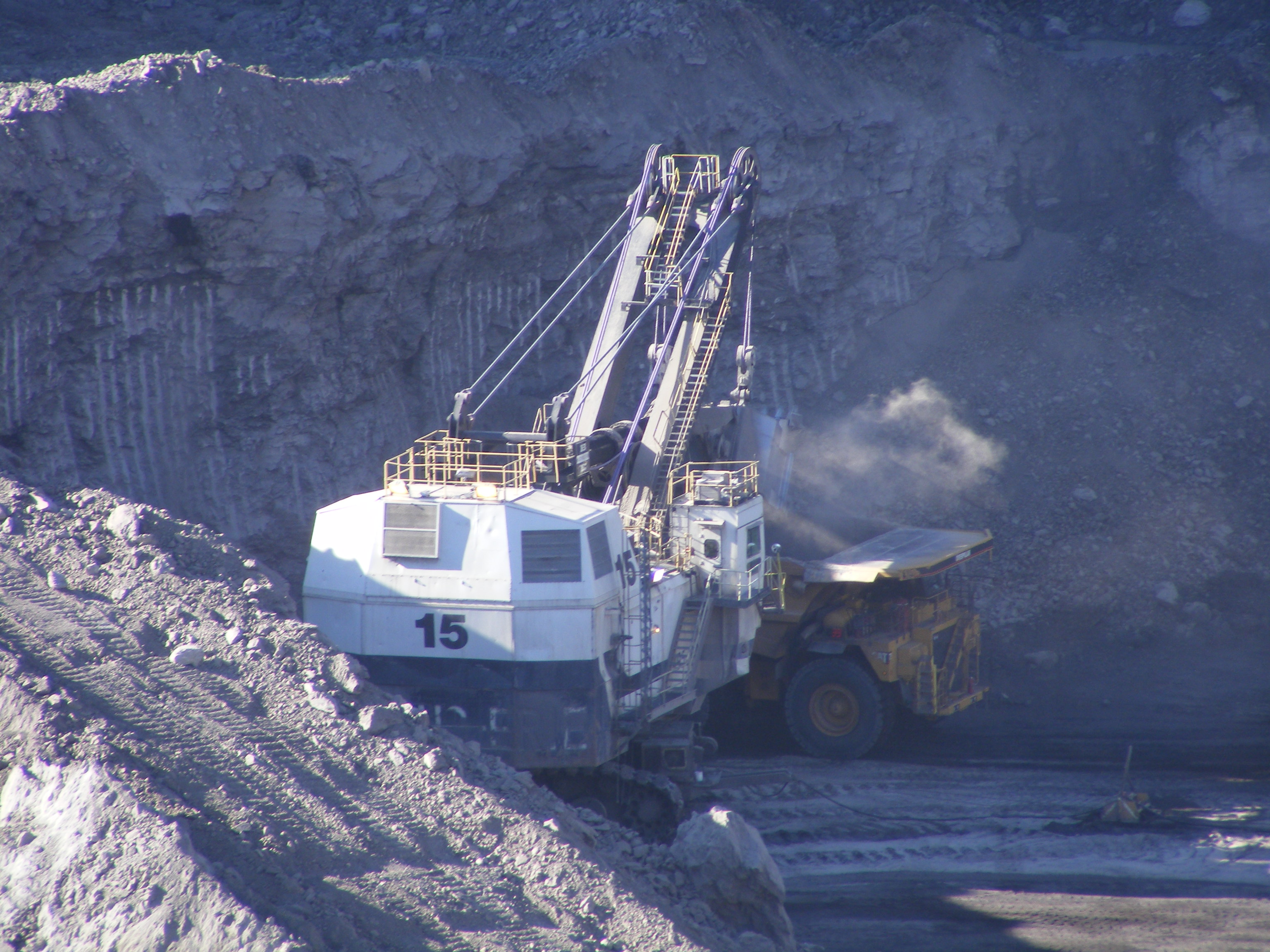The following are oral remarks given by Sierra Club Senior Attorney Peter Morgan before the House Committee on Natural Resources Subcommittee on Energy and Mineral Resources. Watch the full hearing here.
Thank you Chairman Stauber, Ranking Member Ocasio-Cortez, and members of the Committee for the opportunity to testify today.
I am a Senior Attorney with the Sierra Club, based in Colorado. For more than 15 years, my work has focused on assisting local communities nationwide ensure coal mines minimize their pollution and are fully reclaimed once they stop production.
The fundamental point I would like to convey with my testimony today is that Office of Surface Mining Reclamation and Enforcement is not confronting the reality that we are on track to see a return to the conditions that led Congress to pass the Surface Mining Control and Reclamation Act—SMCRA—in 1977: that is, thousands of mines abandoned with no source of funds to complete reclamation, requiring an expansion or duplication of the taxpayer-funded AML program.
Abandoned unreclaimed mine sites pose a variety of threats to communities in coal producing states and tribal lands across the country. These sites are sources of air and water pollution, and contain hazards such as exposed highwalls and open mine portals. Unreclaimed mine sites also exacerbate flooding due to a lack of vegetation and absence of properly maintained drainage controls. Historic flooding in eastern Kentucky in July 2022 most heavily impacted communities living below unreclaimed strip mines.
Congress designed SMCRA to address abandoned mines in two ways: Title IV provides funding to clean up the inventory of abandoned mines already in existence in 1977, while Title V seeks to prevent any additional mines from ever becoming abandoned in an unreclaimed state. It requires operators to post reclamation bonds, and mandates that operators complete reclamation concurrent with coal removal. Both elements of Title V are currently failing.
The primary problem is that OSMRE has not adjusted its approach to account for the now permanent reality of decreasing demand for coal. The US Energy Information Administration recently forecast that annual coal production in the U.S. will drop almost 23% in 2024 compared with 2022. EIA predicts 2024 U.S. coal production will be 60% below the peak of coal production seen in 2008. Industry experts attribute the drop in demand for coal to market forces, primarily the cheap cost of methane gas and renewable energy. Because these market forces will persist, coal production will remain low.
This decline in demand for coal has already resulted in dozens of mine operator bankruptcies, and more are coming. Nearly 70 coal mine operators filed for bankruptcy between 2012 and 2020. Four of the largest mine operators offloaded almost $2 billion in environmental liabilities through the bankruptcy process between 2012 and 2017.
Given these economic conditions, OSMRE and state mine regulators should be doing everything they can to give effect to SMCRA’s core requirements: which are ensuring that bonds are adequate to cover the full costs of reclamation, and requiring operators to minimize the amount of disturbed, unreclaimed area at each mine site. In fact, we are seeing the opposite. Bond amounts are set too low, and in forms that virtually guarantee funds will not be available when needed. And regulators are allowing operations to sit idle—neither removing coal nor conducting reclamation. As a result, there are already hundreds of mines across the country that are functionally abandoned. These zombie mines will never return to production, and their operators lack the funds to complete reclamation.
There is a narrowing window for OSMRE to take action. First, the agency must collect, and make public, information on mine production and reclamation status for all coal mines, in order to identify the full set of functionally abandoned permits. Next, OSMRE must conduct a stress-test for state bond pools and surety bond providers. Finally, OSMRE must work with states to rigorously enforce SMCRA’s contemporaneous reclamation requirements. Only with rapid and decisive action by OSMRE can we avoid a new generation of dangerous, polluting, economically unproductive abandoned mine lands.
Thank you.
